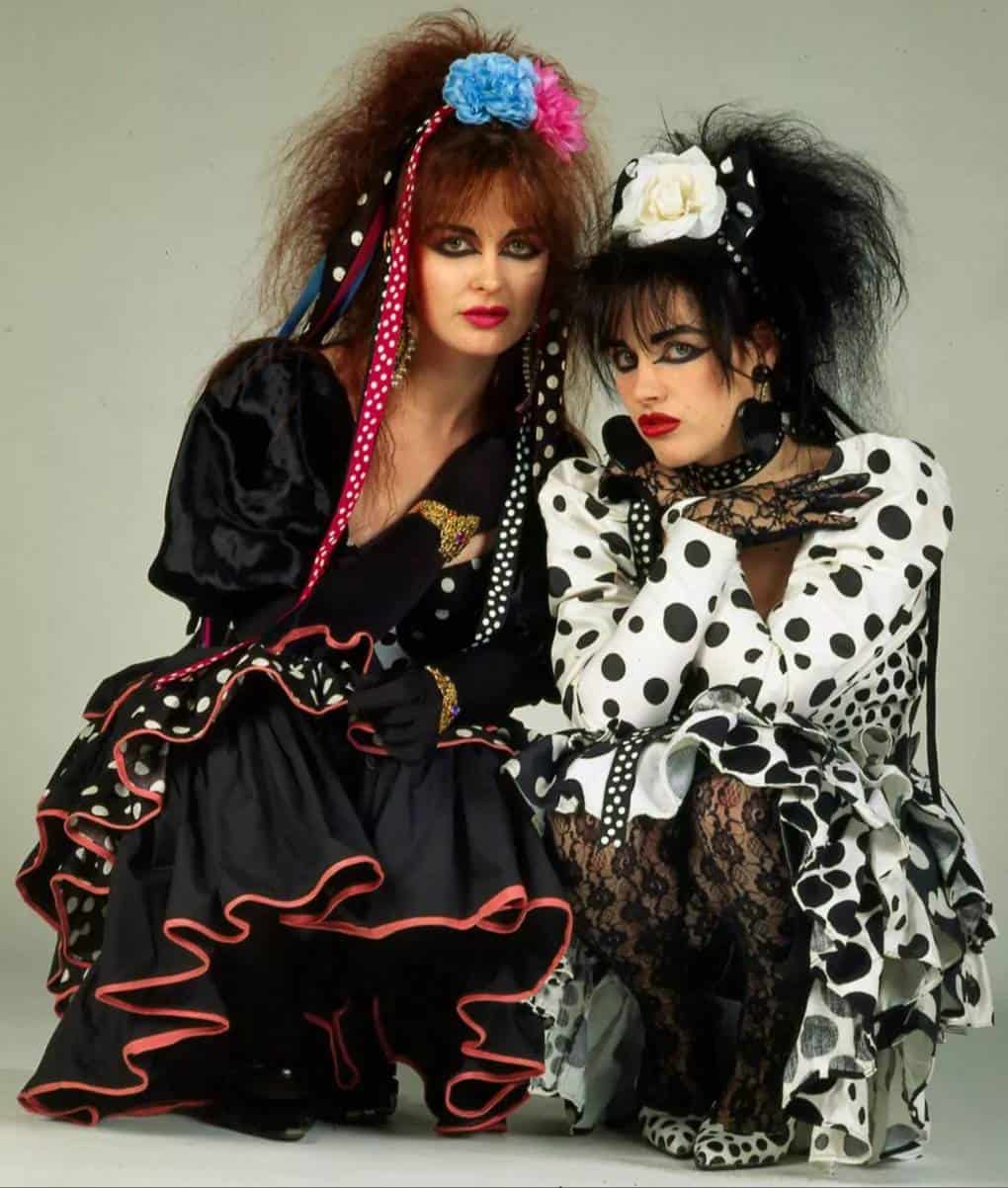Choosing the Right Social Media Platforms for Your Small Business in 2024
Choosing the Right Social Media Platforms for Your Small Business in 2024
Social media has become an indispensable tool for businesses of all sizes. It provides a platform to connect with customers, build brand awareness, and drive sales. However, with so many platforms available, it can be overwhelming to determine which ones are best suited for your small business. This article will explore the top social media platforms in 2024 and offer strategies to effectively utilize them to reach your target audience.
Understanding Your Target Audience
Before diving into specific platforms, it’s crucial to have a clear understanding of your target audience. Consider factors such as their demographics (age, gender, location), interests, and online behavior. This information will help you select platforms where your ideal customers are most active.
Top Social Media Platforms for Small Businesses in 2024
1. Instagram
Why it’s effective: Instagram is a visually-oriented platform that excels at showcasing products and services. It’s particularly popular among younger demographics and is ideal for businesses in fashion, beauty, and lifestyle industries.
Strategies: High-quality visuals: Invest in professional-quality photos and videos to capture attention.
Use relevant hashtags: Research popular hashtags related to your industry and use them strategically.
Engage with your audience: Respond to comments, messages, and direct messages promptly.
Utilize Instagram Stories and Reels: These features offer a more casual and interactive way to connect with your audience.
Attracting your target audience: Use targeted advertising to reach specific demographics and interests. Collaborate with influencers in your niche to expand your reach.
2. TikTok
Why it’s effective: TikTok is a rapidly growing platform known for short-form video content. It’s particularly popular among younger generations and offers a unique opportunity to showcase your brand’s personality and creativity.
Strategies: Create engaging videos: Experiment with different video formats and trends to capture attention.
Use trending sounds and effects: Incorporate popular sounds and effects to make your videos more discoverable.
Participate in challenges: Join relevant challenges to increase your visibility.
Collaborate with other creators: Partner with influencers or other businesses to reach a wider audience.
Attracting your target audience: Leverage TikTok’s advertising tools to target specific demographics and interests. Use analytics to track your performance and make data-driven decisions.
3. Facebook
Why it’s effective: Facebook remains one of the most popular social media platforms worldwide. It offers a variety of features, including groups, pages, and advertising options.
Strategies: Create a strong Facebook page: Optimize your page with relevant information and a visually appealing profile picture and cover photo.
Post valuable content: Share informative articles, blog posts, and behind-the-scenes content.
Engage with your community: Respond to comments, messages, and join relevant groups.
Utilize Facebook advertising: Target your ads to specific demographics and interests to maximize your reach.
Attracting your target audience: Use Facebook’s advertising tools to create targeted ad campaigns. Run contests and giveaways to encourage engagement and build your following.
4. Twitter
Why it’s effective: Twitter is a real-time platform where users can share short updates and engage in conversations. It’s ideal for businesses that want to stay on top of current trends and engage in timely discussions.
Strategies: Use relevant hashtags: Follow industry-related hashtags and use them in your tweets.
Engage in conversations: Respond to tweets and join relevant discussions.
Share timely updates: Keep your followers informed about industry news, company updates, and special offers.
Utilize Twitter advertising: Target your ads to specific demographics and interests.
Attracting your target audience: Follow influencers in your industry and engage with their followers. Use Twitter analytics to track your performance and adjust your strategy accordingly.
5. LinkedIn
Why it’s effective: LinkedIn is a professional networking platform that’s ideal for businesses in B2B industries. It’s a great place to connect with potential clients, partners, and industry experts.
Strategies: Optimize your company profile: Complete your company profile with detailed information and a professional logo.
Share industry insights: Publish articles, blog posts, and thought leadership content.
Engage in discussions: Join relevant groups and participate in conversations.
Utilize LinkedIn advertising: Target your ads to specific industries, job titles, and company sizes.
Attracting your target audience: Connect with potential clients and partners. Join relevant groups and participate in discussions.
Developing a Social Media Strategy
Once you’ve selected the most suitable platforms for your business, it’s time to develop a comprehensive social media strategy. This strategy should outline your goals, target audience, content calendar, and key performance indicators (KPIs).
Set clear goals: Determine what you want to achieve through social media, such as increasing brand awareness, driving website traffic, or generating leads.
Create a content calendar: Plan your content in advance to ensure consistency and avoid last-minute scrambling.
Track your performance: Use analytics tools to monitor your social media metrics and make data-driven decisions.
Stay updated on trends: Keep up with the latest social media trends and adapt your strategy accordingly.
By following these guidelines and leveraging the power of social media, you can effectively promote your small business and reach your target audience. Remember to be patient, consistent, and always strive to provide value to your followers.







